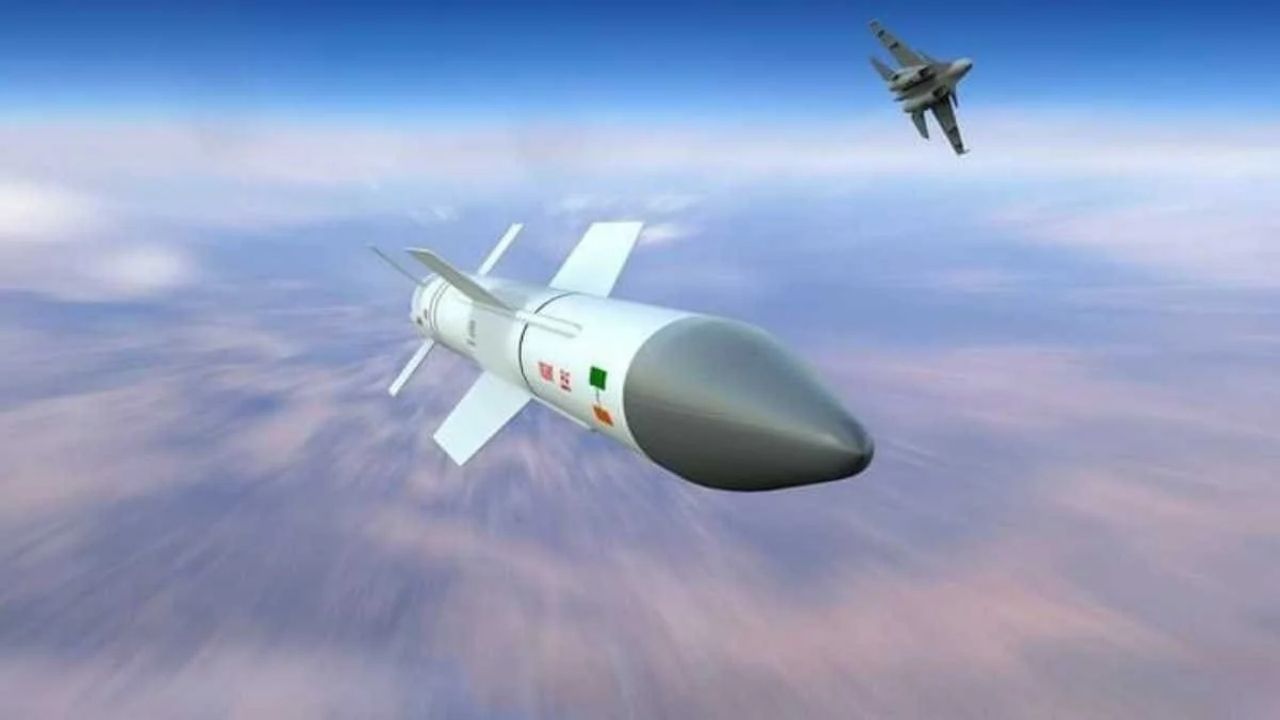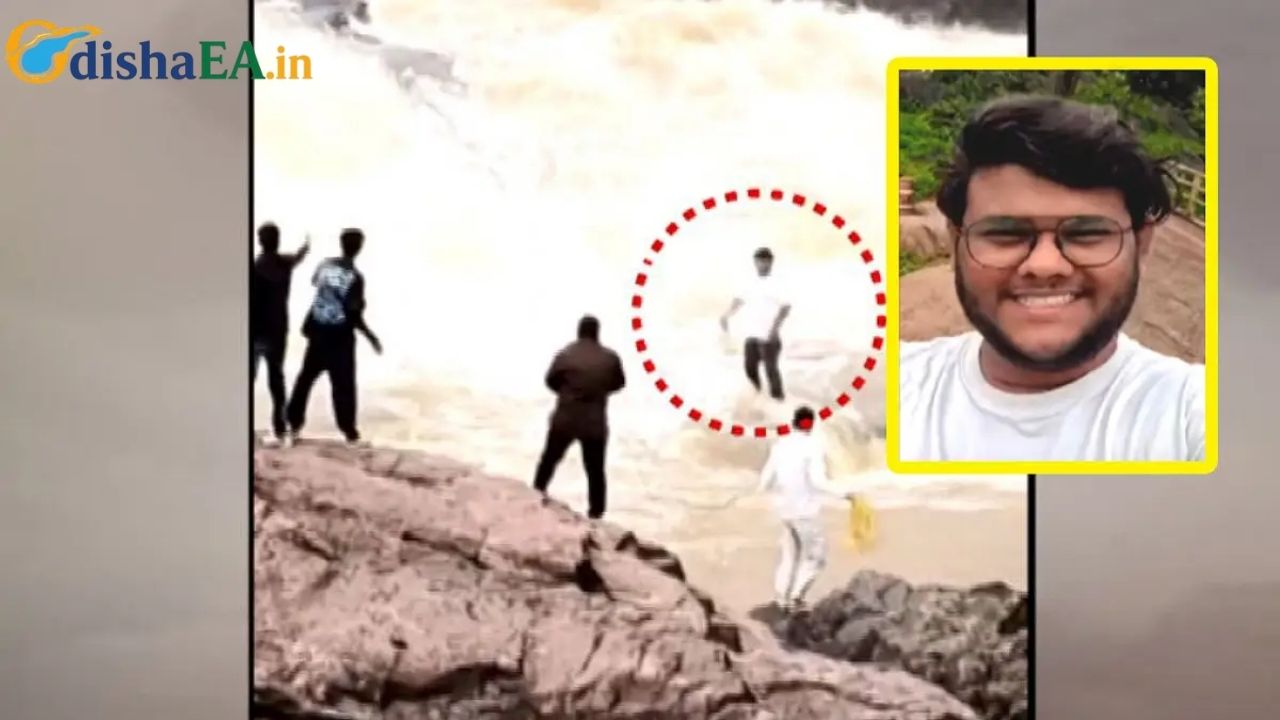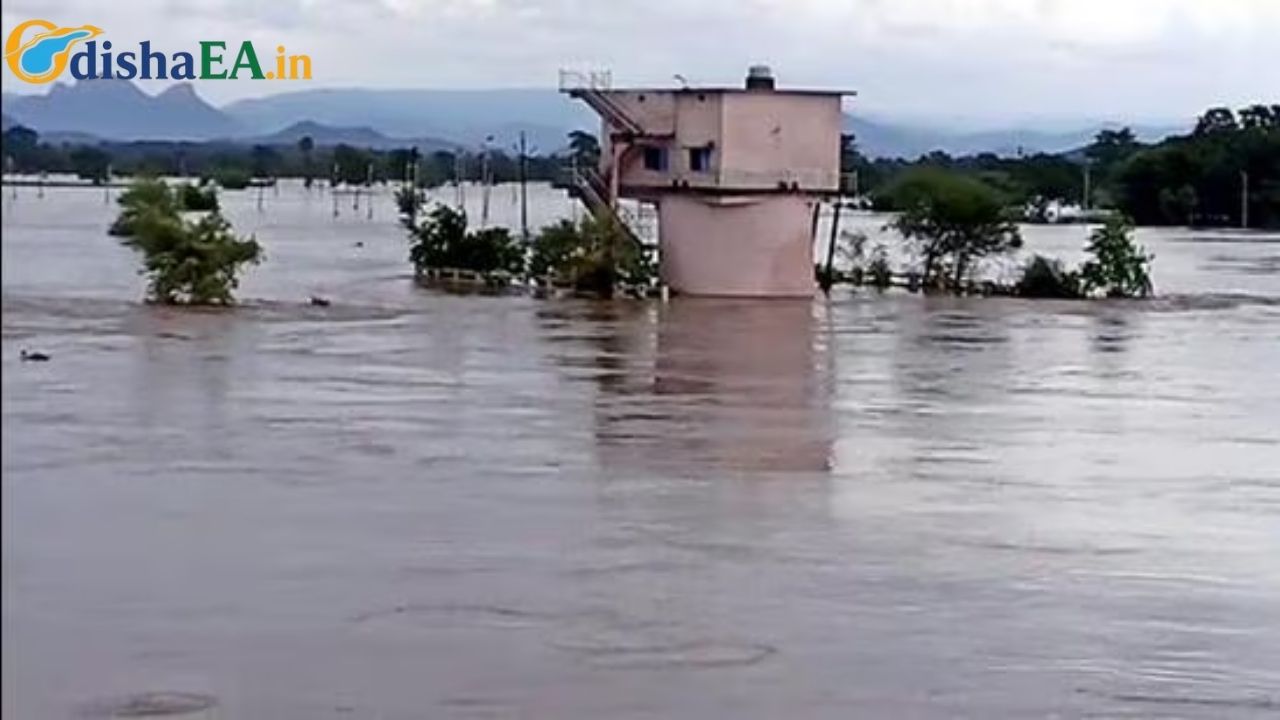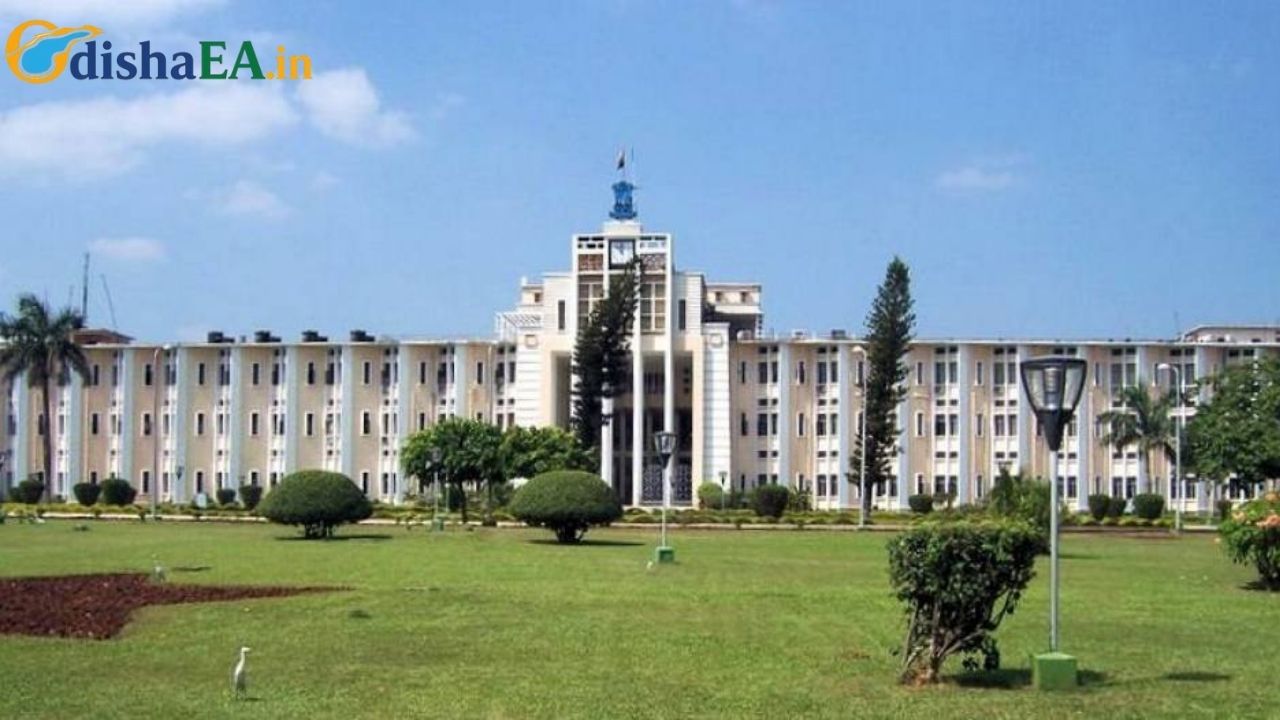India recently reached a major milestone in its defense capabilities with the successful flight test of the Astra Beyond Visual Range Air-to-Air Missile (BVRAAM). The test was conducted off the coast of Odisha and marks a significant step forward in India’s military self-reliance. In this article, we’ll dive into the details of this achievement, the technology behind the Astra BVRAAM, and why it’s so crucial for India’s defense industry.
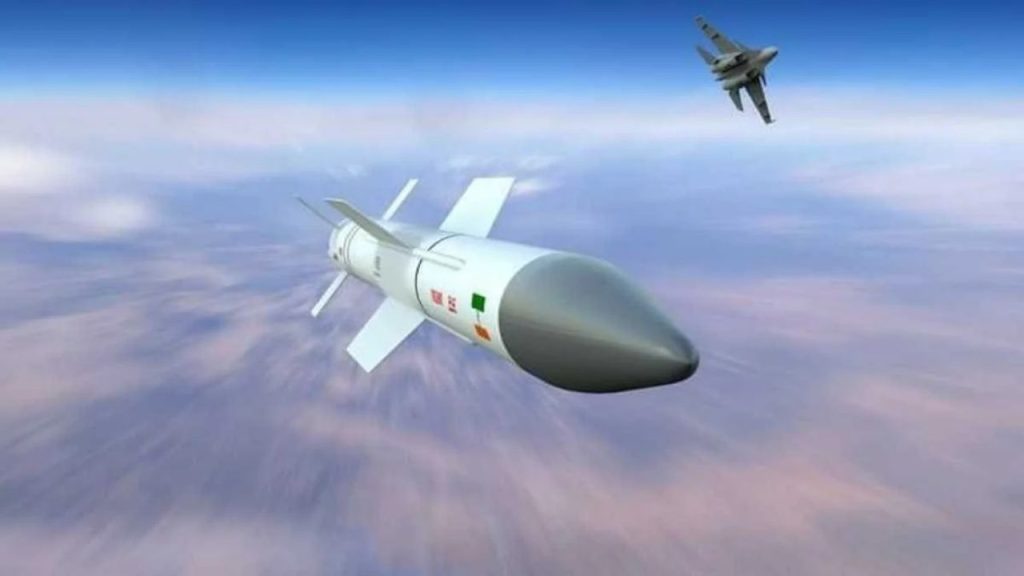
This successful missile test has captured the attention of defense experts worldwide, not only because of the missile’s performance but also because of the indigenously developed Radio Frequency (RF) seeker that now equips the Astra. In simple terms, this is a game-changer in the air combat landscape. Let’s break down exactly what happened, why it matters, and how it fits into the bigger picture.
Astra BVRAAM with Indigenous RF Seeker
| Key Feature | Details |
|---|---|
| Missile Tested | Astra Beyond Visual Range Air-to-Air Missile (BVRAAM) |
| Test Location | Integrated Test Range, Chandipur, Odisha |
| Platform | Su-30 MKI Fighter Aircraft |
| Seeker Type | Indigenous Radio Frequency (RF) Seeker |
| Range | More than 100 km |
| Performance Outcome | Direct hits on high-speed unmanned aerial targets |
| Key Organizations Involved | DRDO (Defence Research and Development Organisation), IAF (Indian Air Force), HAL (Hindustan Aeronautics Limited) |
| Official Announcement | Ministry of Defence – India |
| Significance | Strengthens India’s self-reliance in defense technologies, enhances air superiority. |
India’s successful test of the Astra BVRAAM with an indigenous RF seeker marks a pivotal moment in its defense journey. With this missile, India is not only strengthening its air defense capabilities but also proving its growing prowess in military technology. The Astra BVRAAM is a prime example of how innovation, collaboration, and self-reliance are shaping the future of defense in India.
As India continues to develop cutting-edge technologies and achieve self-sufficiency, we can expect further milestones in defense, air superiority, and national security. The success of Astra is more than just a technological achievement—it’s a symbol of India’s commitment to ensuring peace, security, and sovereignty in an increasingly complex world.
What is Astra BVRAAM and Why is it Important?
The Astra BVRAAM is a long-range air-to-air missile that is capable of hitting targets at over 100 kilometers away. What sets this missile apart is its ability to be fired beyond the pilot’s line of sight—hence, the term “beyond visual range.” In modern air combat, the ability to strike an enemy aircraft before it even comes into view is a game-changing advantage.
India has been developing indigenous defense technologies to reduce dependence on foreign suppliers, and Astra is one of the country’s most significant achievements in this regard. The missile’s range, precision, and advanced guidance systems make it a formidable tool for India’s Air Force.
The latest test incorporated a homegrown RF seeker, developed by DRDO, to improve the missile’s guidance system. The RF seeker allows the Astra to autonomously lock onto and track enemy aircraft, even when they are maneuvering or hiding in difficult environments. This makes the missile far more accurate and effective compared to its predecessors.
The Role of the Indigenous RF Seeker
One of the most exciting aspects of this test is the successful integration of the RF seeker into the Astra missile. Let’s break this down:
- What is an RF Seeker?
An RF seeker is a radar-based sensor used in missiles to detect and track the target. By using radar signals, it can locate and lock onto an enemy aircraft, even when it’s beyond visual range or hiding from the missile’s initial launch. This enhances the missile’s accuracy, even in highly contested environments where the enemy might be attempting to evade. - Why is this Important?
Prior to this test, India relied on foreign suppliers for certain components of its defense systems. The inclusion of an indigenous RF seeker means that India is now capable of developing cutting-edge technology from the ground up, ensuring greater self-reliance and national security.
How Was the Test Conducted?
On July 11, 2025, the test was conducted off the coast of Odisha, a region known for its sophisticated testing ranges. The Indian Air Force (IAF) launched the Astra BVRAAM from a Su-30 MKI fighter aircraft. The missile successfully hit its targets, which were high-speed unmanned aerial vehicles (UAVs), under varying conditions, proving its capability in real-world combat scenarios.
Two separate launches were carried out to test different aspects of the missile’s guidance system. Both tests ended in a direct hit on the UAVs, demonstrating the missile’s accuracy, range, and reliability.

The Technology Behind Astra BVRAAM
Astra is not just another missile. It’s a highly advanced piece of technology, and its development represents India’s growing technological prowess. Let’s dive into some of the key features:
- Range: With a range exceeding 100 kilometers, Astra can engage enemy aircraft from a safe distance, giving pilots a tactical advantage in combat.
- Guidance System: The missile is equipped with an advanced guidance system, which includes the indigenous RF seeker for pinpoint accuracy.
- Warhead: Astra carries a high-explosive warhead, ensuring maximum damage when it strikes its target.
- Aero-Dynamics: The missile is designed for high maneuverability, allowing it to perform well even when facing high-speed evasive maneuvers by enemy aircraft.
- Launch Platform: The Su-30 MKI fighter jet, India’s workhorse, serves as the launch platform for the Astra missile. The compatibility between Astra and the Su-30 enhances India’s air dominance capabilities.
Impact on India’s Defense Strategy
The success of the Astra missile test with an indigenous RF seeker is a significant leap for India’s defense autonomy. Here’s why it matters:
1. Reducing Dependency on Foreign Technology
India has long been reliant on foreign countries, particularly Russia, for its defense needs. With Astra’s successful testing, India now has a missile that is entirely homegrown, reducing its dependency on other nations. This self-reliance will play a critical role in enhancing national security and allowing India to control its defense capabilities more effectively.
2. Strengthening Air Superiority
The Astra missile boosts India’s ability to maintain air superiority in the region. Air superiority is crucial in modern warfare, and the Astra BVRAAM’s combination of long-range targeting and advanced guidance systems provides India’s air force with a decisive edge.
3. Enhancing India’s Global Defense Standing
With the integration of cutting-edge technologies like the RF seeker and the successful demonstration of the Astra BVRAAM’s capabilities, India is positioning itself as a leader in global defense technologies. This could pave the way for India to export similar systems to other countries, generating both revenue and geopolitical influence.
Odisha’s Higher Education Institutions to Offer Skill-Based Degree Programs in 2025
Manmohan Samal’s Return: BJP’s Strategy to Strengthen OBC Representation in Odisha
Odisha Faces Major Transport Disruptions as Drivers’ Association Calls for Ceasework
FAQs
Q1: What is the Astra BVRAAM?
A: The Astra BVRAAM is a beyond visual range air-to-air missile designed to engage enemy aircraft from over 100 km away. It is part of India’s efforts to develop indigenous air defense systems.
Q2: What makes the Astra different from other air-to-air missiles?
A: The Astra’s indigenous RF seeker allows it to track targets autonomously, even at long distances, ensuring high accuracy. It is also fully compatible with India’s Su-30 MKI fighter aircraft.
Q3: How does the RF seeker work?
A: The RF seeker uses radar signals to lock onto and track the target, allowing the missile to strike even if the enemy is hidden or evading.
Q4: Why is this test significant for India?
A: This test marks a major step toward self-reliance in defense technology, enhancing India’s ability to independently develop and deploy advanced weapons systems.

